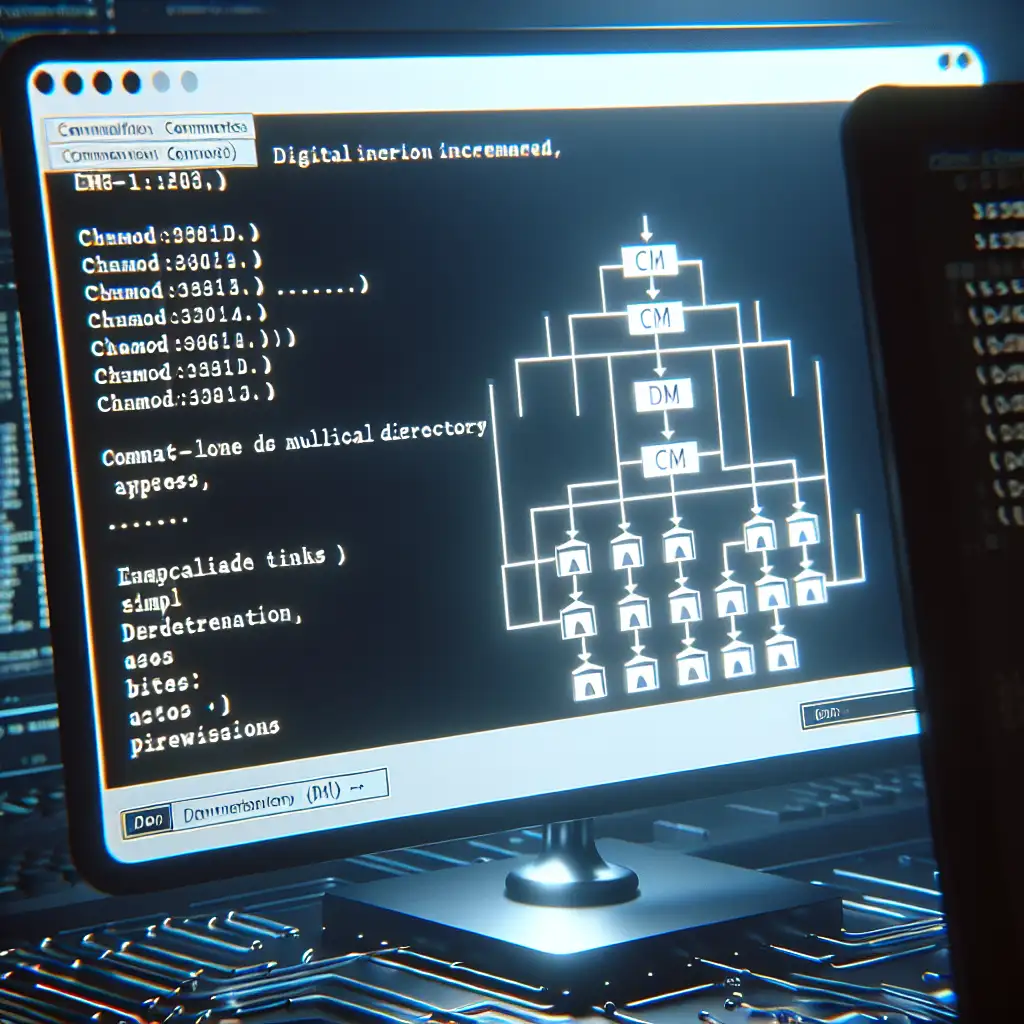Mastering chmod for Directories: Fine-Grained Permission Management
Security incidents over the past decade often trace back to misconfigured directory permissions. In production, a single overlooked chmod can expose datasets or break deployment pipelines. Despite its simplicity, chmod’s interaction with directories differs fundamentally from files—forcing engineers to reassess standard recipes.
Directory Permissions: Beyond File Semantics
Consider this: you grant rw- (read, write) on a file, and a user reads or writes as expected. Grant the same to a directory, and nothing behaves as you’d predict.
| Permission | Files | Directories |
|---|---|---|
| Read (r) | View contents | List directory (e.g., via ls) |
| Write (w) | Modify file | Create, delete, rename files inside |
| Execute (x) | Run file as a program | Traverse or access by name (cd, open) |
Often misunderstood: execute on a directory is required for file access within, even if you know the filename. Omit x, and even root can hit “Permission denied” in an unexpected place.
Common Permission Patterns
Standard Directory — Owner Controlled
chmod 755 /srv/appdata
- Owner: full access
- Group/Others: readable, traversable; cannot mutate content
- Typical for config directories not requiring collaboration
Restricting Directory Listing
Suppose /opt/secrets contains predictable filenames, but directory listing must be denied to all but the owner. Achieve this by:
chmod 701 /opt/secrets
- Group/Others: only execute (
--x) - Users can access
/opt/secrets/important.keyif they know the exact filename, butls /opt/secretsfails:
ls: cannot open directory '/opt/secrets': Permission denied
Critically, this model does not prevent opening files directly by name.
Controlled Collaboration — Sticky Bit and setgid
Shared workspaces breed race conditions and accidental deletions—Solving this means combining Linux group management with permission bits.
chgrp devops /mnt/workspace
chmod 2770 /mnt/workspace
chmod +t /mnt/workspace
- setgid (2xxxx): all new files/directories inherit
devopsgroup - Sticky bit (+t): only the file owner or root can delete or rename files inside
- 775/770: adjustable based on whether “world” traversal is intended
Note: Without the sticky bit, users could delete each other's files. This mistake is responsible for numerous lost uploads in shared SFTP scenarios.
Recursively Applying Correct Permissions
Restoring sane permissions in legacy directories is common after inherited migrations. Avoid using blanket chmod -R 755, which grants execute on all files—even scripts that should never be run. Instead, split the logic:
find /srv/app -type d -exec chmod 755 {} \;
find /srv/app -type f -exec chmod 640 {} \;
- Directories: always executable for traversal
- Files: readable to group, not executable unless specifically needed
Side effect: Binary files that need execution will now fail to run. Always audit with find . -type f -perm -111 if you require executable scripts/binaries.
Setting Defaults with umask: Non-Obvious Behavior
Default permission assignment for new files/dirs is controlled by the shell’s umask. This often trips up automation scripts—especially with non-interactive shells. To ensure new directories are rwxr-x--- and files are rw-r-----:
umask 027
mkdir /var/shared
- Directory default: 777 - 027 = 750
- File default: 666 - 027 = 640
- Applies only to processes inheriting the umask (check with
umaskbefore launching services)
Gotcha: Some SFTP servers and automated deployment tools reset umask internally—verify with test deployments (
touch testfile && ls -l testfile).
Advanced Notes
- ACLs: For finer permissions, use
setfacl—but note that ACLs and classic Unix permissions can interact in non-obvious ways (ls -lshows a+when ACLs are present). - SELinux: On enabled systems, permissions may be overridden by security contexts—diagnose with
ls -Z. - Audit logs: If troubleshooting access issues, review
/var/log/audit/audit.logfor denied events.
Summary
Directory permissions in Linux are not just an extension of file permissions—they require distinct handling. Prioritize execute bits for traversal, enforce sticky/setgid bits in multi-user scenarios, and never assume chmod -R is safe on complex trees.
Non-obvious tip: When troubleshooting “Permission denied” on directories where
lsworks butcdfails, the problem is almost always a missing execute bit somewhere on the path. Usenamei -l /path/to/dirto debug the full permission chain quickly.
This isn’t a perfect science—race conditions, ACL overrides, and NFS quirks each demand additional scrutiny. For full access auditability, consider integrating file integrity monitors or explicit logging into your workflow.
If further customization is needed, introduce ACLs or SELinux policy as appropriate for your environment. Standard chmod alone only scratches the surface of robust Linux directory security.
